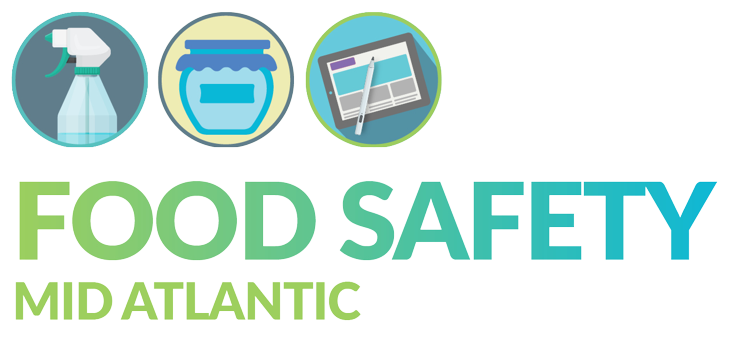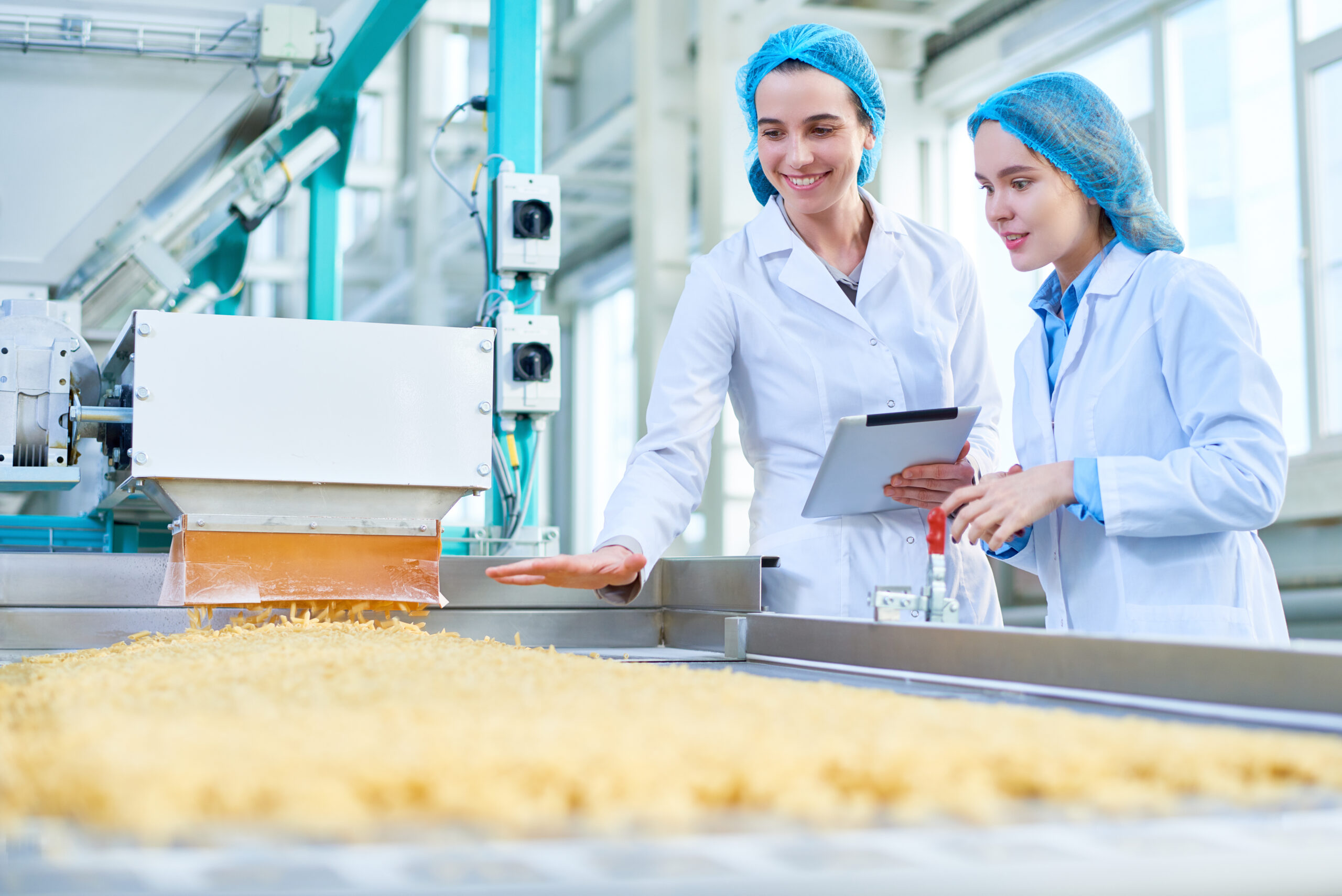As a food business, you likely get a regular food safety inspection done by your state or county and by the FDA. We know that these inspections can feel daunting. But, they don’t need to cause anxiety. With proper preparation, they’re an opportunity to improve your food safety practices .
We all share the goal of safe food and safe production. During a food safety inspection, you get to assess your food safety program and identify areas for improvement. With a mindset of collaboration, the inspection becomes a tool.
In this blog post, we’ll cover what an inspection is, how to prepare for future inspections, and what to do on the day of for best results.
What is a Food Safety Inspection?
A food safety inspection is a review of your food safety plans and the ways they are being carried out day to day. The FDA does inspections, as do local and state governments.
There are two types of inspections:
- Desktop Inspection – A review of your food safety program based on the paperwork. This inspection will review your GMPs and SOPs, and your record keeping. Also known as a paperwork inspection.
- On Site Inspection – An inspection of your facility that reviews the implementation of your food safety programs and policies. This inspection involves a physical walkthrough of your space.
Most inspections combine a desktop inspection and an on-site inspection. This comprehensive inspection will focus on the following areas:
- Food safety plans and documents
- Facility design
- Food handling practices
- Employee hygiene and behavior
- Pest management
- Cleaning and sanitation procedures
A food safety inspection can occur at any time during regular business hours and without advance warning. However, if you have a good food safety plan in place and always follow it, the inspection should be nothing to worry about.
Preparing for a Food Safety Inspection
The best way to prepare for a food safety inspection is to carry out an internal audit. Review your food safety plans and procedures to make sure that the day-to-day operations of the business align with the written plans.
If possible, try to get a copy of the inspection form or the guidelines that inspectors must follow. When you do your audit, follow the same guidelines to ensure your business is in compliance.
Communicate with your employees about inspections before one occurs. Make sure that everyone knows what an inspection is, what to expect, and how to behave. The inspector will ask employees questions so they must be knowledgeable about your food safety program.
Create a plan for what will occur during the inspection. Choose specific individuals to walk with the inspector and take notes. Make sure that all records are in an easily accessible location and are up to date.
With a plan in place, you’ll be able to take the inspection in stride rather than panicking when the inspector arrives.
What To Do During a Food Safety Inspection
When a food safety inspector arrives, immediately activate your inspection action plan.
Generally the inspector will want to review your documents before the on-site inspection. Bring them first to a quiet space where they can review the documents.
Remember that the inspector is a visitor and should follow your visitor policy. Have them sign in, remove jewelry, put on a smock or hair net, and do any other protocols.
Then accompany the inspector as they do the inspection.
Don’t argue with the inspector while they are conducting the inspection. Note any problems. If possible, correct any errors during the inspection. For example, if someone isn’t wearing a hairnet, have them put one on.
Ask the inspector lots of questions. The inspector is an expert in food safety and has the same end goal as you. Let them help you make your food production as safe as possible.
At the end of the inspection, get the written report from the inspector and make plans for improvement. Continue to build a positive working relationship with the inspector. They can help you correct any errors and strengthen your food safety program.
Ultimately, food safety inspections are an opportunity to check that your food production process is safe. While an inspection can feel terrifying and could shut your operation down, we like to assume that you’re doing a good job. In fact, you’ll likely benefit from an external check on your food safety plans and processes.
The best way to get the most out of your food safety inspection is to be prepared. About a month before you know you’re due for inspection, do that internal audit to identify weaknesses. This will show that you’re working on correcting them. If you want external support with your audit, schedule a free consultation today to see how Food Safety Mid Atlantic can get you ready for inspection.

